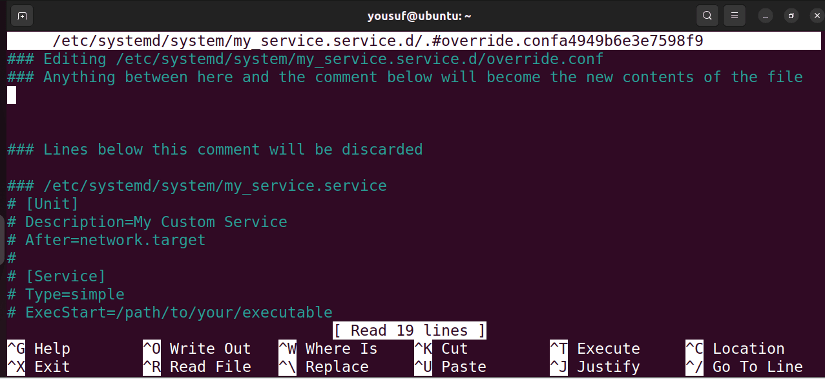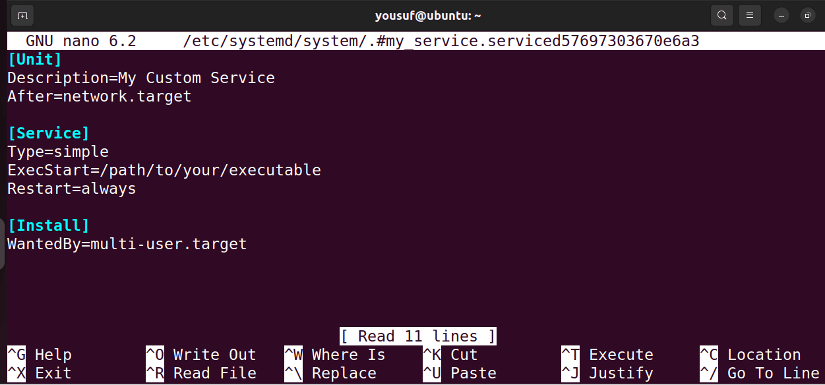The “systemctl” command in Linux is a tool that queries or sends control commands to the system manager. This tool is invaluable for monitoring, and maintaining your system services and troubleshooting damages. With “systemctl”, you can start, stop, enable, disable, restart, reload, or even check the status of services and units.
In this article, you will learn all about the “systemctl” command in Linux with 17 practical examples.
Syntax of “systemctl” Command
The basic syntax of the “systemctl” command is as follows:
systemctl [command] [service]Here,
- [command] indicates the action you want to execute, for example: start, stop, check status, enable, disable, etc.
- [service] refers to the service you want to act on.
The “systemctl” Commands Cheat Sheet
Before going to the detailed examples, here is a quick overview of some of the most used systemctl command options with their functions:
| Option | Function |
|---|---|
| systemctl halt | Halts server |
| systemctl reboot | Reboots server |
| systemctl poweroff | Shuts down server |
| systemctl get-default | Displays default target |
| systemctl status my_service | Checks the current status of a service |
| journalctl -u my_service | Checks logs of services |
| systemctl is-active my_service | Checks active status of a certain service |
| systemctl mask my_service | Masks a service |
| systemctl –type=service –state=running | Lists services and daemons |
| systemd-analyze blame | Shows service start time |
| systemctl list-unit-files | Lists all unit files |
| systemctl edit my_service.service | Edits unit files |
17 Examples Using “systemctl” Command in Linux
Here are 17 examples of using “systemctl” Command to manage systems, services, and unit files in Linux:
System Management
The system management in Linux systemd environment is about the OS configurations. Here are a few commands to effectively manage your system:
1. Halt, Shutdown, and Reboot Server
In Linux, the systemctl command can halt, shut down, and reboot your servers and services. The “reboot” subcommand is useful for restarting the entire system and refreshing the service configurations. Additionally, the “shutdown” and “halt” subcommands give you more specific control.
- To halt your server, run the following command:
systemctl haltThis command halts the system, bringing it to a stop where it is safe to power off the machine.
- To reboot your server, use the command below:
systemctl rebootIt reboots the system, shutting down all running services and processes, unmounting filesystems, and then initiating the reboot process.
- To power off the servers and services, you can run the below code:
systemctl poweroffThis command stops all processes and services and powers off the hardware once the shutdown process is complete.
2. Displaying Default Target
You can display your default running target in Linux using the systemctl command.
A target is a unit file that indicates a system state in the systemd environment. The graphical.target and multi-user.target are the most common default targets in systemd-based Linux distributions.
To display your current default target, run the following command:
systemctl get-defaultThe command shows the system boots into a graphical user interface (GUI) mode.
3. Changing Default Target to GUI
To change the system’s current default target to the GUI, you can use the systemctl command. For example, run the following command:
systemctl set-default graphical.targetAs a result, the command sets graphical.target (GUI) as the default target.
4. Switching System State to multi-user.target
To switch system state to multi-user.target, use the systemctl command followed by the isolate option.
The multi-user.target is the state where the system takes multiple non-graphical user sessions. Here is the command to switch system state to multi-user.target:
systemctl isolate multi-user.targetThe command changes the operating mode of the system to multi-user access without graphical interference.
5. Switching System State to Rescue Mode
Further, you can switch the system state to rescue mode using the systemctl command.
The rescue mode is a boot option that uses basic commands and tools to run a minimal Linux environment. It restricts unnecessary services and daemons to start in your system.
To switch your current system state to rescue mode, run the command below:
systemctl rescueThus, your system switches to rescue mode.
Service Management
A service is a systemd utility that recognizes and manages the operating system. Here are a few commands to manage the available services in the system:
6. Checking Current Status of a Service
To check the current status of a provided service using systemctl, type the following command:
systemctl status cupsHence, you will get a snapshot of the status and basic information of the specified service on your system.
7. Starting and Stopping Services
You can start, stop, restart, or reload services using systemctl command. For example:
-
- To initiate or start systemd services by using a service unit file, use the following command:
systemctl start my_service - To stop a specific service, run the below command:
systemctl stop my_service -
To restart a service without the need to issue separate stop and start commands, use the following restart command:
systemctl restart my_service - To reload a service to change and configure files without the need to restart, run this command:
systemctl reload my_service -
To let the system take the appropriate action if you are unsure whether to reload or restart, run the below command:
systemctl reload-or-restart my_service
- To initiate or start systemd services by using a service unit file, use the following command:
8. Enabling and Disabling Services on Boot
You can enable systemd services using the systemctl command. You must enable your services if you want them to start automatically at boot.
Run the following command to enable services:
sudo systemctl enable cron.serviceTherefore, you enable cron to start automatically at boot.
Alternatively, to disable your systemd services from starting automatically at boot, run:
sudo systemctl disable cron.serviceRunning this command disables the cron service to start automatically during boot.
9. Checking Active Status of a Particular Service
You can check if a certain service is running or not using the systemctl command. Here is the command:
systemctl is-active apacheAs you can see, the command returns an inactive status as the service Apache is currently unavailable in the system.
10. Masking Services
You can mask or unmask any current services in your distribution by using the systemctl command.
Masking is an operation in Linux that prevents the services or unit files from being started manually or by any other service.
To mask services, use the following command:
systemctl mask cupsThe above command marks the CUPS service as masked.
Alternatively, unmasking is an operation that sets up default permissions to recently created files or folders.
To unmask a service, use the following command:
systemctl unmask cupsThe unmask command marks the specified CUPS service as unmasked.
11. Listing Services and Daemons
To list the running services on your Linux server, use the command below:
systemctl --type=service --state=runningHence, the list of the running services appears.
Note: You don’t need to use sudo to list the services. You need sudo when you are making changes to the services.
12. Checking Enabled Status
You can check if a service is set to automatically start on boot using the systemctl command. It shows an enabled or disabled status based on the current configuration of the service.
To check an enabled status, run this command:
systemctl is-enabled cups13. Displaying Service Start Time
You can display the service start time by filtering the systemd-analyze command. It is particularly useful to identify which services are slowing down the system’s startup process.
Here is the command to display the service start time:
systemd-analyze blameAs you can see, the command returns a list of services with their start-up time.
Unit File Management
Here are a few examples of using the systemctl command for unit file management:
14. Listing All Unit Files
You can list all unit files using the systemctl command with the list-unit-files subcommand. For example, run the below command:
systemctl list-unit-files- State: refers to the current state of the unit file with components like enabled, disabled, generated, or static.
- Enabled: means the unit starts automatically during boot or as needed.
- Disabled: means it doesn’t.
- Static indicates it’s enabled but can’t be disabled by the administrator.
- VENDOR PRESET: indicates whether the unit file is provided by the system vendor or by the system administrator.
- Enabled: means the unit file is set to start automatically during boot or as needed, according to the vendor’s configuration.
- Disabled state means it won’t start automatically based on the vendor’s settings.
15. Creating Unit Files
To create a unit file and manage it using a text editor and the systemctl command follow the following simple steps:
-
-
- Create a new unit file using the below command:
sudo nano /etc/systemd/system/new_service.service - Enter your password and press ENTER to open the nano text editor.
- Paste the following configurations to the file and press CTRL + O to write out:
[Unit] Description=Example Service After=network.target [Service] Type=simple ExecStart=/usr/bin/python3 /path/to/your_script.py Restart=always [Install] WantedBy=multi-user.target - Press CTRL + X to exit the text editor.
- Now, reload your systemd to end the process using the below command:
sudo systemctl daemon-reloadAs a result, you have created and configured a new unit file in your systemd service. You can check the current status of your new unit service as shown in the above image.
- Create a new unit file using the below command:
-
16. Viewing Unit Files
You can view the content of your unit files using the systemctl command. So that you don’t necessarily need to navigate to the unit files to see the contents anymore. Run the below simple command to view unit files:
systemctl cat my_service.serviceUpon execution, you can view and inspect the configuration of the existing unit files.
17. Editing Unit Files
You can edit a unit file without searching for it on the server using systemctl along with the edit command. For example:
- Run the command below to edit a service without directly editing the original unit file:
sudo systemctl edit my_service.service - Enter your password and press ENTER to enter the file to edit:
Subsequently, this command opens a temporary override file for the service unit in the default text editor. It allows you to modify specific settings or add additional configuration options without directly editing the original unit file.
- If you need to edit using the file itself instead of creating a snippet, run this command:
sudo systemctl edit --full my_service.service - Enter your password and hit ENTER:
Consequently, this command opens the service unit file in the default text editor and allows you to view and edit the entire contents of the file. It provides full access to all settings and configurations of the service.
Conclusion
In summary, you have covered the definition, characteristics and practical examples of the “systemctl” command in Linux. Hopefully, you have an improved understanding of how the “systemctl” command manages the task management of the server. Now, you can interact and oversee your systemd system and create, edit, or remove unit files with the service manager.
People Also Ask
What is the use of systemctl command in Linux?
The uses of systemctl command in Linux are to start, stop, check status, restart, enable, disable, and other advanced actions on various services.
What is the difference between systemctl and service command in Linux?
The difference between systemctl and service command is that the systemctl command interacts directly with the systemd service manager to control services. On the other hand, the service command typically runs init scripts to manage services.
What is the difference between stopping and killing a service in systemctl command?
The difference between stopping and killing a service is that the “kill” command kills processes of a specific unit. Contrary to “kill”, the “stop” command stops or deactivates one or more specified units.
How to check if a service is enabled with systemctl command?
To check if a service is enabled, you can use systemctl along with the is-enabled command. Here is the command: systemctl is-enabled apache2
This command shows if the apache2 service is enabled, disabled, or static.
How to see full log from systemctl status service?
To see the full log from a systemctl status service, use the journalctl command followed by the -u option. Run the below simple command: journalctl -u my_service.service
How can I remove unit files in Linux?
To remove unit files in Linux, type this command: rm -r /etc/systemd/system/my_service.service.d
FUNDAMENTALS A Complete Guide for Beginners



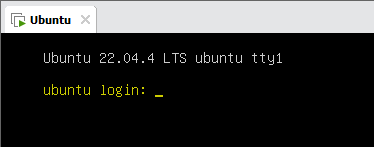

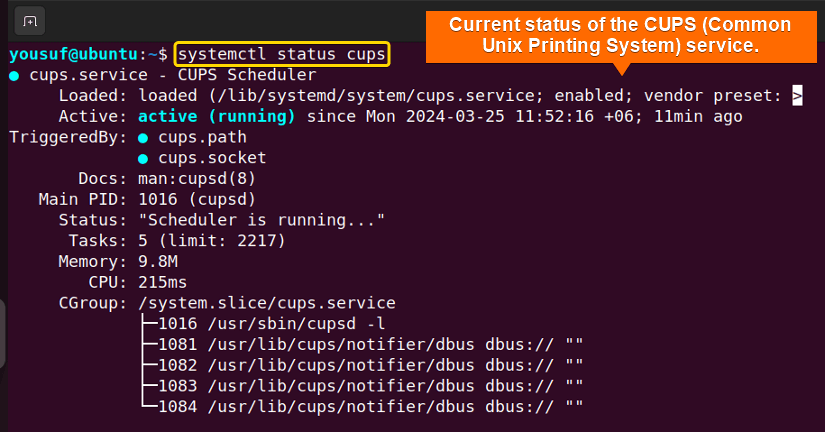





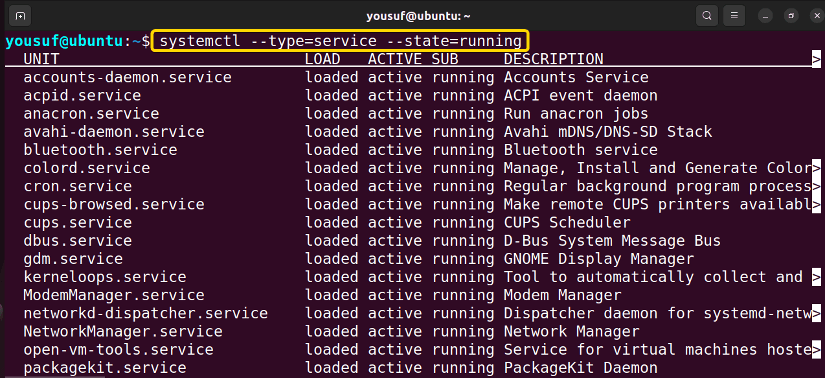

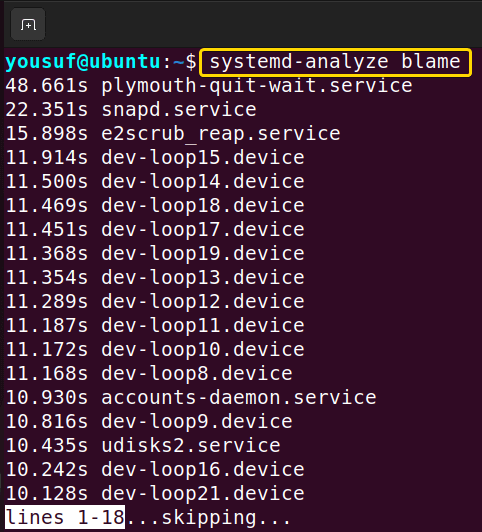
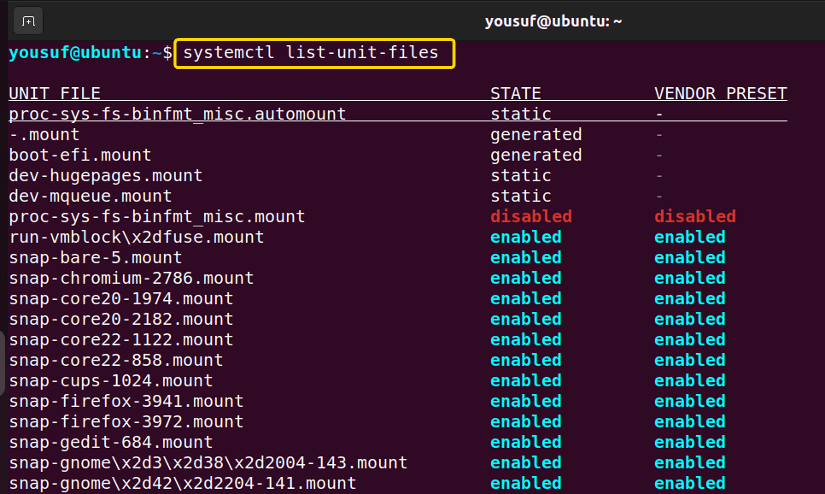

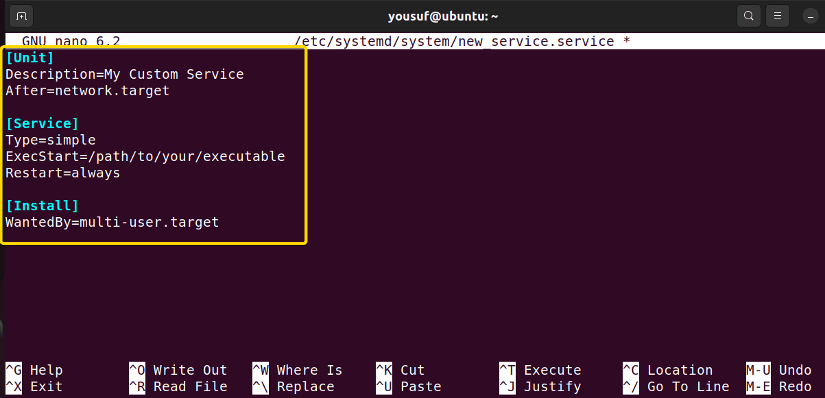
 As a result, you have created and configured a new unit file in your systemd service. You can
As a result, you have created and configured a new unit file in your systemd service. You can 

